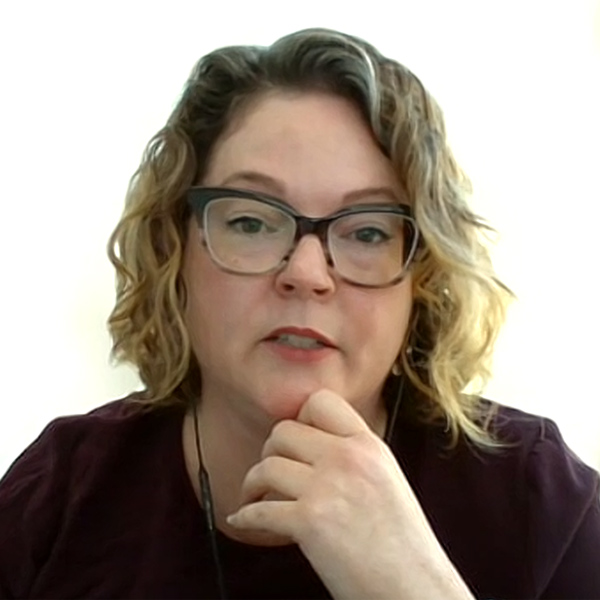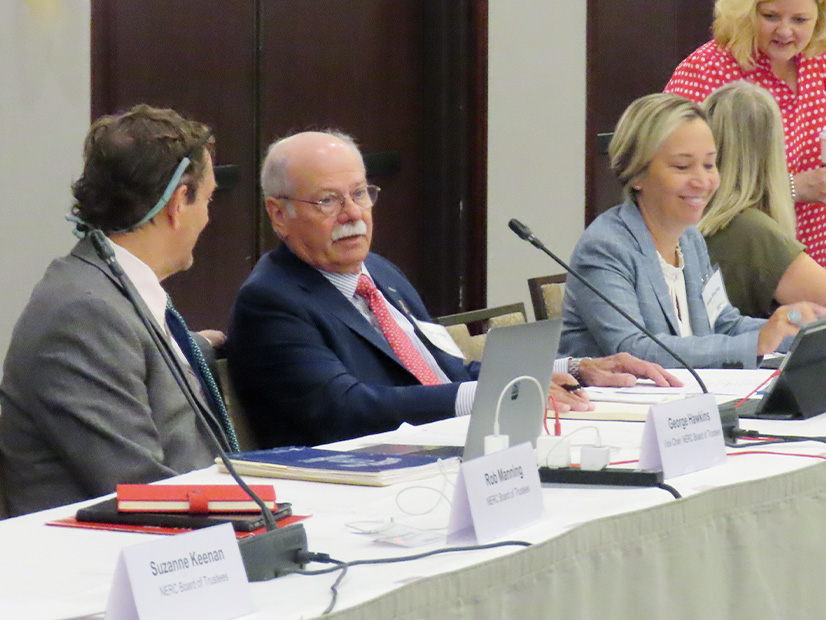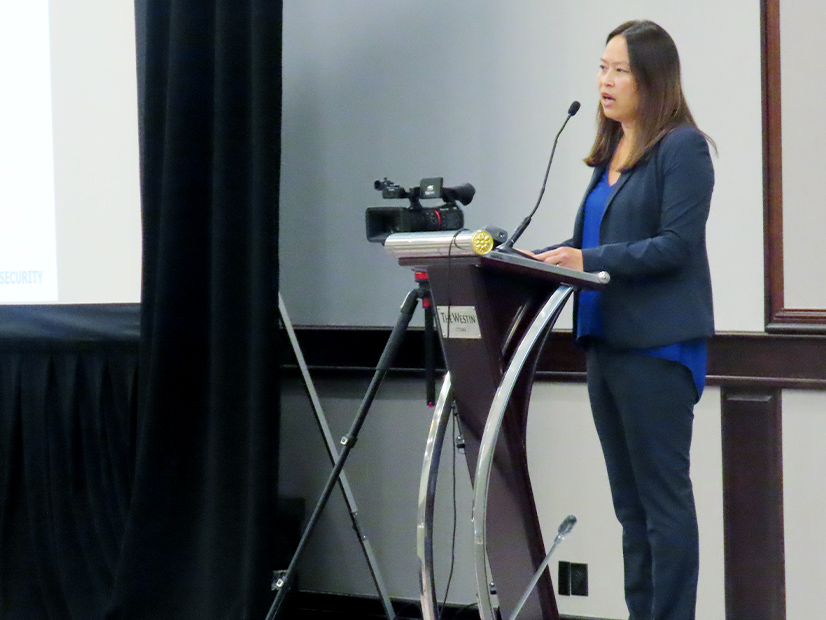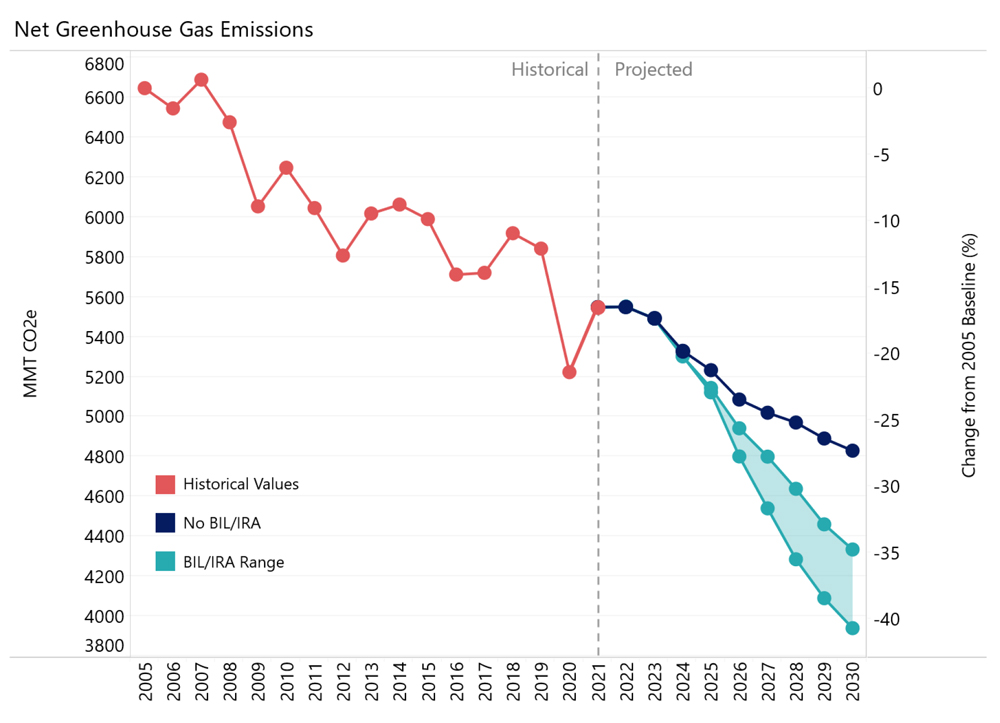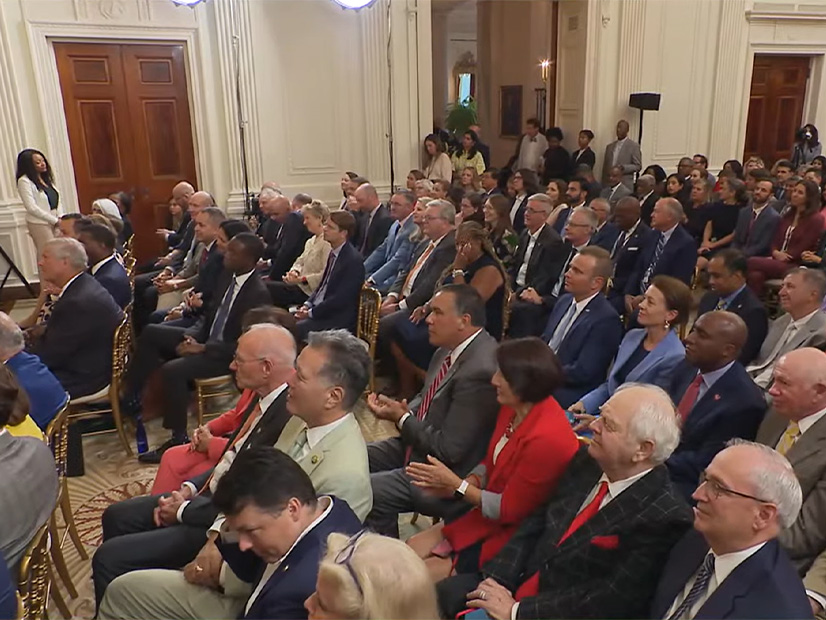Texas Gov. Greg Abbott last week directed the state’s Public Utility Commission to create a working group to study and provide recommendations that will “position Texas as the national leader on advanced nuclear energy.”
In a Wednesday letter to interim PUC Chair Kathleen Jackson, Abbott wrote that Texas should consider nuclear energy and all other forms of dispatchable power to ensure a reliable grid. He said the PUC should evaluate advanced nuclear reactors to determine whether “they can provide safe, reliable and affordable power.”
“Nuclear energy is a proven, reliable and dispatchable generation resource. It will become ever more critical as Texas’ need for reliable power continues to grow,” Abbott said. “The state of Texas must plan now to best harness these new advanced technologies and ensure the future of the Texas grid.”
ERCOT, the grid operator for about 90% of Texas, has seen peak demand increase by more than 14% in the past four years as its population and industrial growth boomed. It has set 21 peak demand records during the past two summers. (See related story, Population Growth Fuels ERCOT’s Record Demand.)
Abbott directed the working group to consider all potential financial incentives, determine nuclear-specific changes to the ERCOT market, identify any federal or state regulatory hurdles to development and analyze how Texas can streamline and accelerate permitting for building advanced nuclear reactors.
He also asked that PUC Commissioner Jimmy Glotfelty lead the group and that it coordinate with ERCOT to begin addressing the technical challenges of incorporating advanced nuclear technology.
Glotfelty agreed that Texas will need to “harness every source of dispatchable power” as the state’s population continues to multiply.
“The nuclear industry is ripe with technological advancement, and through collaboration with our state’s top-tier universities, it has great potential for growth in Texas,” he said in a statement provided by the PUC.
Texas already has more than 5 GW of conventional nuclear capacity in the South Texas Project and Comanche Peak plants. The four units came online between 1987 and 1994.
“I think that small modular reactors [SMRs] are very exciting and an important piece of the decarbonization puzzle for 2035 and beyond, especially if we use them to replace aging coal and gas plants. I would like to see more of them gain traction,” Michael Webber, a professor at the University of Texas at Austin leading clean energy technology research, told RTO Insider. But “they don’t really help us with the immediate need for power in the next five years, which is what Gov. Abbott called for,” he added.
Abbott made the announcement during a public fireside chat Wednesday with Dow CEO Jim Fitterling and X-energy CEO Clay Sell before about 70 attendees on the UT Austin campus.
The two companies said they had selected Dow’s UCC Seadrift Operations manufacturing site along the Texas Gulf Coast for a proposed advanced SMR project. They plan to install four 80-MW X-energy high-temperature gas reactor technology at the site by the end of this decade.
The companies will have to submit construction permit applications to the Nuclear Regulatory Commission. Construction on the project is planned to begin in 2026.
The NRC has approved only one small modular model, NuScale’s SMR water reactor. The 70-MW unit costs about $9 billion. X-energy says its design reduces costs by using off-the-shelf components manufactured and shipped to the sites.
The commission soon will file a new rule and regulatory guide for SMRs’ emergency preparedness requirements that it says will help their licensing. (See related story, NRC Eases Emergency Preparedness Rules for SMRs.)
The Department of Energy has named Dow a sub-awardee under X-energy’s Advanced Reactor Demonstration Program Cooperative Agreement. The agreement provides for up to $50 million in engineering work, with half funded by Dow.
Abbott touted the state’s new tax-abatement program passed by the Texas Legislature this year as a tool to incentivize similar projects.
